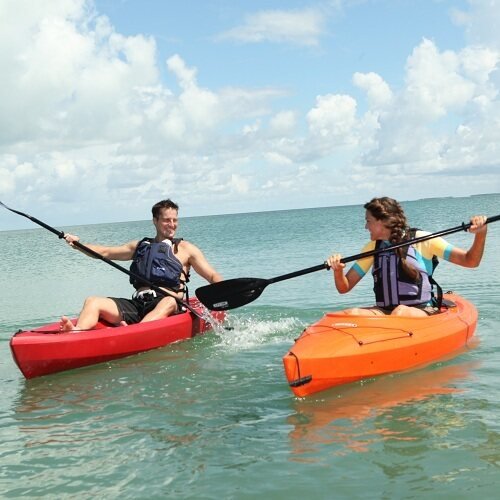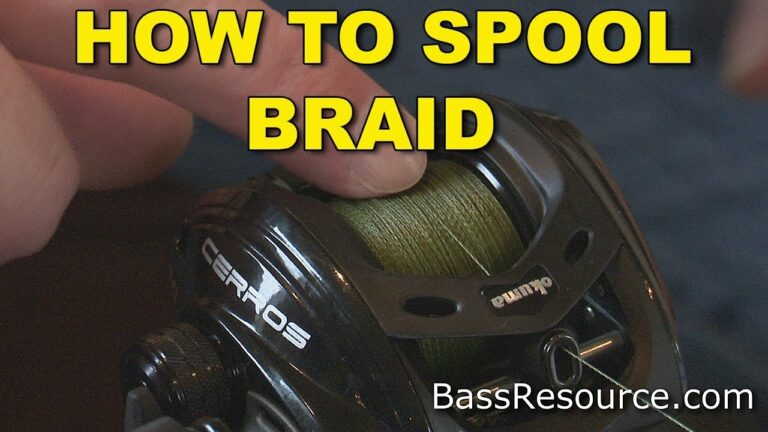Best Fishing Lines for Pike (Complete Guide)
Today we discuss the Best Fishing Lines for Pike. In the world of fishing, targeting pike can be an exhilarating experience. Known for their aggressive strikes and powerful fights, pike are a popular species among anglers.
To successfully reel in these formidable predators, choosing the right fishing line is crucial. With a wide array of options available on the market, selecting the best fishing line for pike can seem overwhelming.
In this comprehensive guide, we will explore the top fishing lines specifically tailored for pike fishing, taking into account factors such as durability, strength, visibility, and sensitivity.
Best Fishing Lines for Pike:
Monofilament Fishing Line:
Monofilament fishing line is a popular choice among anglers due to its versatility and affordability. This type of fishing line stretches more than other types, which can be advantageous when pike make sudden runs or jumps.
Additionally, the monofilament line floats on the water, making it ideal for topwater lures commonly used in pike fishing. When selecting a monofilament line for pike, opt for a higher pound test to withstand the sharp teeth of these fish.
Fluorocarbon Fishing Line:
Fluorocarbon fishing line is known for its low visibility underwater, making it an excellent choice for targeting wary pike in clear waters. This type of line is also highly abrasion-resistant, ensuring it can withstand the sharp teeth and rough mouths of pike.
Fluorocarbon line has less stretch compared to monofilament, providing greater sensitivity to detect subtle strikes from pike. While fluorocarbon lines may be more expensive than monofilament, their performance benefits make them a worthwhile investment for serious pike anglers.
Braided Fishing Line:
Braided fishing line offers unmatched strength and sensitivity, making it a popular choice for targeting large pike. The thin diameter of braided line allows for longer casts and greater line capacity on reels, enabling anglers to reach distant pike hotspots.
Additionally, braided line has minimal stretch, providing instant hook sets when pike strike. When using braided line for pike fishing, it is recommended to attach a fluorocarbon or monofilament leader to prevent the line from being cut by the pike’s sharp teeth.
Wire Fishing Line:
Wire fishing line, also known as wire trace or leader, is specifically designed to withstand the razor-sharp teeth of pike. This type of line is typically made from stainless steel or titanium, offering superior abrasion resistance against pike’s teeth.
Wire leaders are essential when using lures with treble hooks, as they prevent pike from biting through the line and escaping with your bait. While wire fishing lines are not as sensitive as other types, they are indispensable for targeting toothy predators like pike.
Multi-Strand Fishing Line:
Multi-strand fishing line combines the benefits of braided and wire lines, offering strength, sensitivity, and abrasion resistance in one package. This type of line is constructed from multiple strands of wire woven together, providing exceptional durability against pike’s teeth.
Multi-strand lines are less visible underwater compared to traditional wire leaders, making them suitable for targeting finicky pike in clear waters. While multi-strand lines may come at a higher price point, their performance advantages make them a valuable asset for serious pike anglers.
Conclusion
When it comes to selecting the best fishing line for pike, consider factors such as durability, strength, visibility, and sensitivity to determine the most suitable option for your fishing style and preferences. Whether you opt for monofilament, fluorocarbon, braided, wire, or multi-strand fishing line, each type offers unique advantages that can enhance your chances of landing trophy pike. Experiment with different lines to find the one that best suits your needs and enjoy the thrill of battling these formidable predators on the water.

